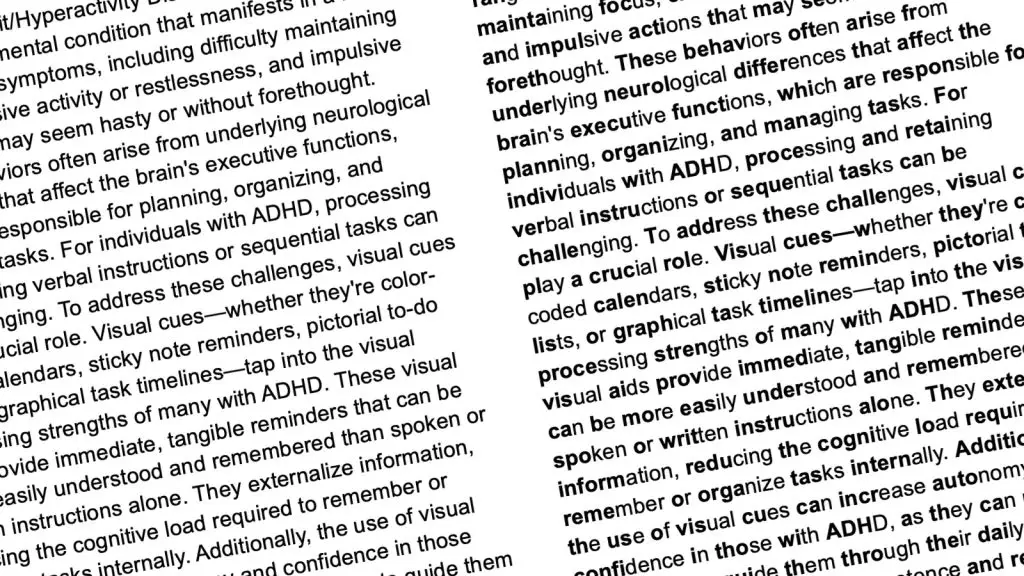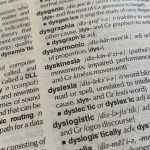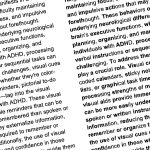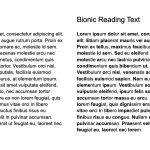Attention-Deficit/Hyperactivity Disorder (ADHD) is a neurodevelopmental disorder that affects millions of individuals worldwide. Among its varied symptoms, individuals with ADHD often grapple with attention challenges, impulsivity, and hyperactivity. These symptoms can impact many areas of life, and reading comprehension is no exception. Enter the Bionic Reading method, a technique developed to optimise digital reading by emphasising key textual elements using visual cues. But can it serve as a valuable tool for those with ADHD? This article delves into the potential benefits of Bionic Reading for ADHD individuals.
Understanding ADHD and Reading Challenges
ADHD can manifest in numerous ways, but when it comes to reading:
- Individuals might find it challenging to focus on long passages.
- Skimming or jumping between sections can be common, leading to missed details.
- Retaining information for extended periods might be difficult due to attention lapses.
- Given these challenges, techniques that can anchor attention and enhance comprehension are invaluable.
Bionic Reading: A Primer
At its core, Bionic Reading uses visual modifications to emphasise essential parts of a text. These visual cues can be bolding, highlighting, using varying font sizes, or other distinctive markers. By spotlighting the main points, readers can quickly identify and internalise critical information.
Bionic Reading as a Tool for ADHD
Guiding Attention with Visual Cues: For those with ADHD, long paragraphs with uniform text can be overwhelming. Bionic Reading breaks the monotony by emphasising key phrases or sentences, naturally guiding the reader’s attention to pivotal content.
Encouraging Active Engagement: The highlighted sections serve as signposts, promoting active reading. As the reader’s attention is directed, they are more likely to engage with and process the information deeply.
Aiding Retention: By visually emphasising main ideas, Bionic Reading can serve as a memory aid. ADHD individuals, who might often lose track of content, can quickly revert to these visual markers for recollection.
Reducing the Strain of Re-reading: Instead of revisiting entire sections, ADHD readers can focus on the emphasised parts for a quick recap, making the reading process less strenuous.
Limitations and Considerations
While Bionic Reading offers several benefits, it’s essential to consider:
Personalisation: ADHD manifests differently in everyone. Some might find certain visual cues distracting rather than helpful. It’s vital to tailor the approach based on individual preferences.
Doesn’t Replace Other Strategies: Bionic Reading can be a supplementary tool, but it doesn’t replace other reading strategies or interventions specifically designed for ADHD.
Overemphasis Can Be Counterproductive: If too many parts of the text are highlighted or bolded, the technique might lose its efficacy. It’s crucial to strike a balance.
Conclusion
In an age where attention is a premium, strategies that can anchor and guide focus are invaluable, especially for those with ADHD. Bionic Reading, with its emphasis on visual cues to spotlight essential content, offers a promising approach. By directing attention, encouraging engagement, and aiding retention, it can potentially transform the reading experience for many with ADHD. While it’s not a one-size-fits-all solution, its principles can be adapted and integrated into personalised reading strategies, making it a worthy consideration in the toolkit of ADHD interventions.
Author Profile
Latest entries
 Resources2024.01.25Animals That Start With The Letter N
Resources2024.01.25Animals That Start With The Letter N Bionic Reading2023.09.22Bionic Reading for Dyslexia: A Potential Bridge to Enhanced Comprehension
Bionic Reading2023.09.22Bionic Reading for Dyslexia: A Potential Bridge to Enhanced Comprehension Bionic Reading2023.09.21Bionic Reading for ADHD: Harnessing the Power of Visual Cues to Aid Focus and Comprehension
Bionic Reading2023.09.21Bionic Reading for ADHD: Harnessing the Power of Visual Cues to Aid Focus and Comprehension Bionic Reading2023.09.20Bionic Reading Method
Bionic Reading2023.09.20Bionic Reading Method




